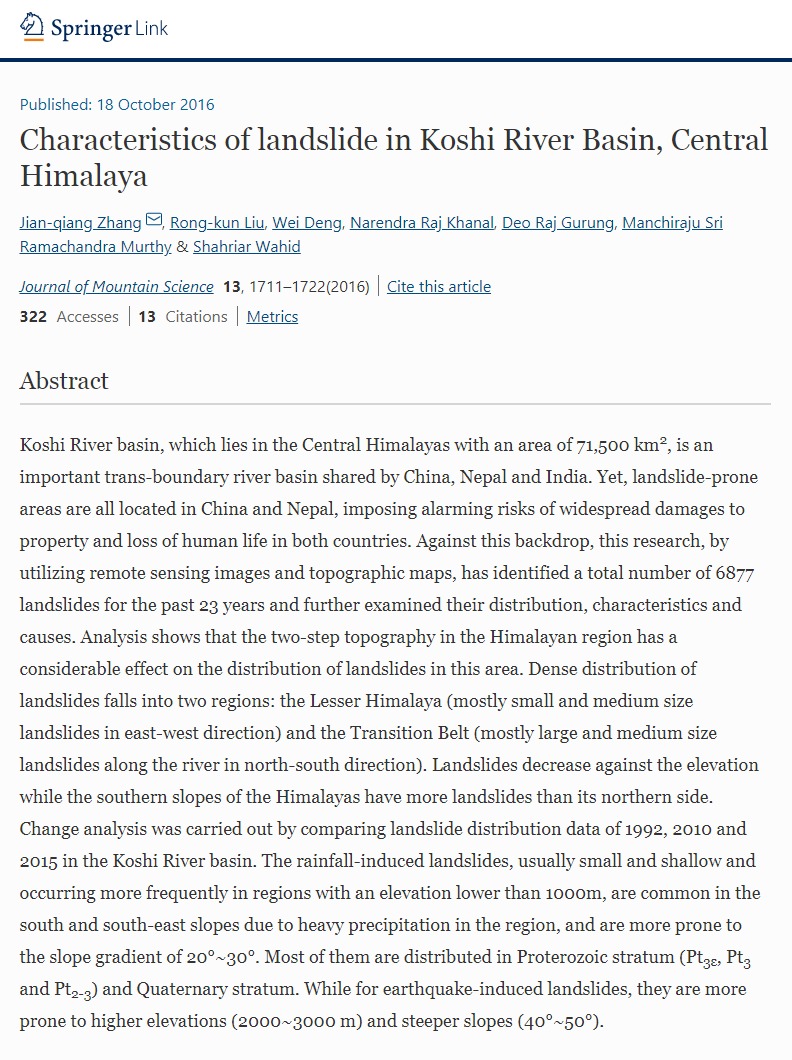The mountain base elevation, which refers to the initial altitude of a mountain or the mountain altitudinal belt, is of great significance for the study of mountain altitudinal zonality and the mass elevation effect. However, a fast and efficient algorithm for the automatic extraction of a mountain base elevation is still lacking; therefore, a new method based on mountain structure modeling to calculate the mountain base elevation is proposed for the Qinling-Daba Mountains (QDM). The result shows that 1) the mountain structures in different catchments of the Qinling-Daba Mountains can be divided into six types, namely, pyramid, low-diamond, diamond, inverse pyramid, hourglass, and ellipsoid, and each type has a specific distribution law; 2) based on the mountain structure, the calculation result of the mountain base elevation in the Qinling-Daba Mountains ranges from 99 m to 3,979 m, being high in the west, north, and south and low in the east and middle, which is consistent with the overall terrain distribution of the Qinling-Daba Mountains; and 3) there is a good linear correlation between the mountain base elevation and the average altitude in the Qinling-Daba Mountains with R2 = 0.96 (p < 0.01), which also indicates that the mountain base elevation quantification algorithm works well in the mountain areas with a complex terrain. Copyright © 2022 Wenjie, Mengyang, Guanhong, Fang, Yong and Jiale.
